Top Materials for Building Durable and Safe Rabbit Nesting Box
Discover the best materials for a durable, safe rabbit nesting box. Ensure your bunny's home is secure and lasting with our top picks.
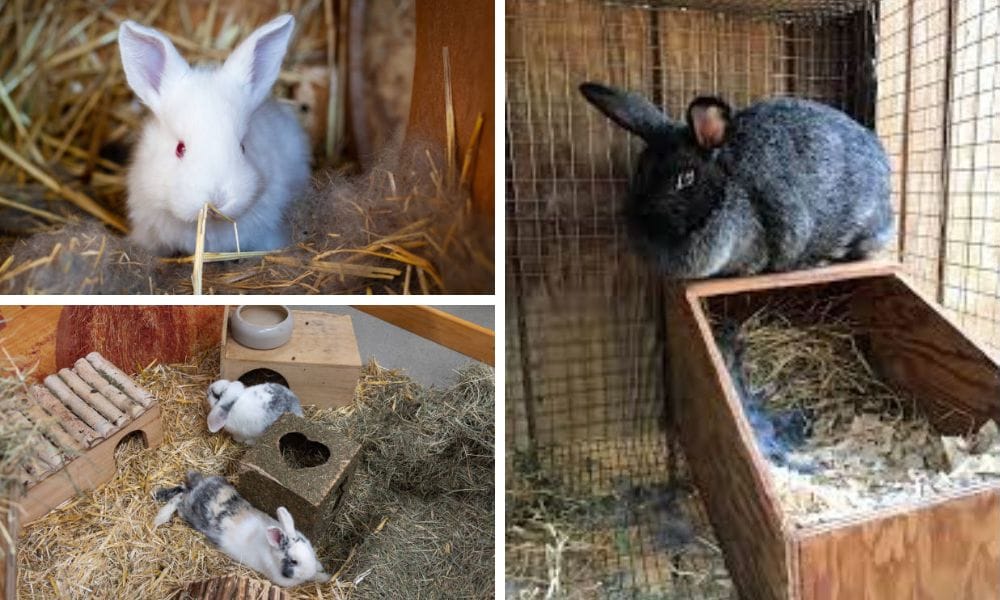
Key Takeaways:
- Discover the best materials for constructing a rabbit nesting box that ensures durability and safety.
- Learn about the importance of easy cleaning features and appropriate dimensions for rabbit comfort.
- Understand how to choose materials that cater to different climates for year-round rabbit care.
Rabbit enthusiasts and breeders know that a well-designed nesting box is crucial for the health and safety of both doe and her kits. Whether you're a seasoned breeder of meat rabbits or a pet owner looking to provide the best for your furry friends, selecting the right materials for your rabbit nesting box is essential. This article will guide you through the top materials that combine durability, safety, and comfort for your rabbits.
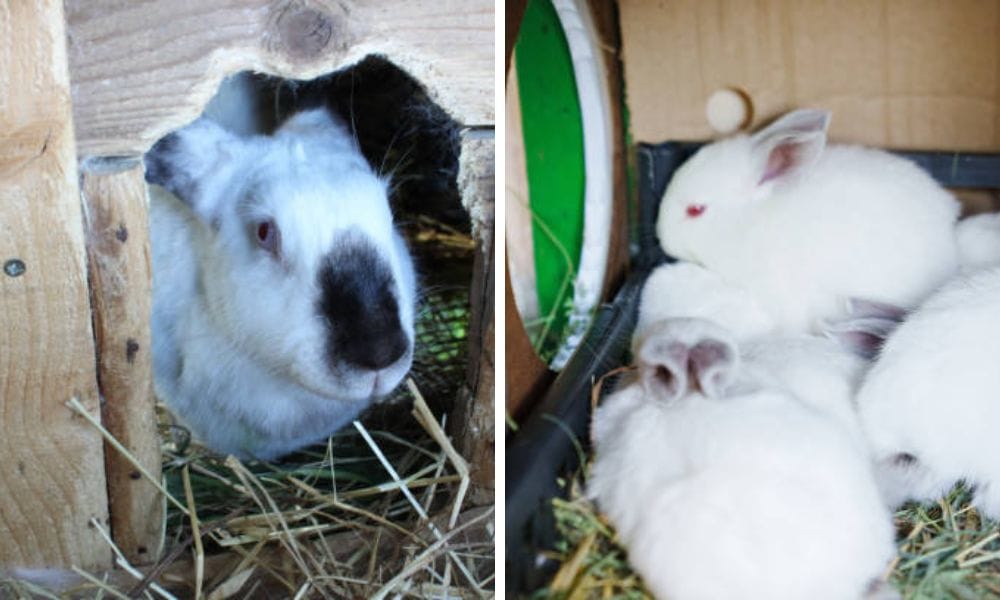
The Foundation: Choosing the Right Wood
When it comes to building a rabbit nest box, wood is often the go-to material. It's essential to choose a type of wood that is not only sturdy but also safe for rabbits. Untreated pine or plywood is a popular choice due to its affordability and ease of construction. These woods provide a warm, natural environment for rabbits, especially during winter. However, ensure the wood is free of chemicals and varnishes that could harm your rabbits.
The Importance of Non-Toxic Paints and Stains
If you decide to treat the wood for longer durability, opt for non-toxic paints and stains. These products will protect the wood from urine and feces while ensuring the safety of your rabbits. A quality, animal-safe stain can also enhance the wood's resistance to the elements, making it a suitable choice for outdoor rabbit cages.
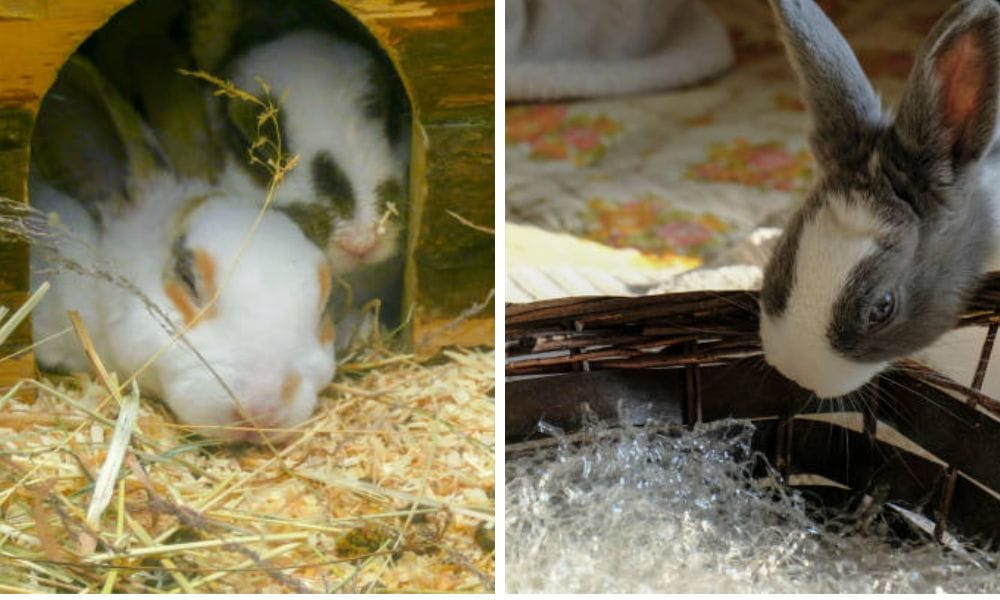
Hardware Cloth: A Must for Ventilation and Security
Incorporating hardware cloth into your nest box design is crucial for ventilation and preventing unwanted guests. A fine mesh hardware cloth can be attached to the sides and bottom of the box, allowing for air circulation while keeping the babies secure inside. This material is also durable and resistant to chewing, ensuring that your nest box remains intact for longer periods.
Accessibility and Convenience for Rabbit Caretakers
When designing or selecting a rabbit nesting box, accessibility should be a top priority for caretakers. A nest box that allows for easy monitoring and interaction with the doe and her kits can make all the difference in ensuring their health and well-being. For instance, a box with a hinged lid or a removable side can provide caretakers with quick access to check on the babies and the mom without causing too much disturbance. This feature is particularly important during the early days post-birth when the nest needs to be checked for any kits that may have been dragged out or are not thriving.
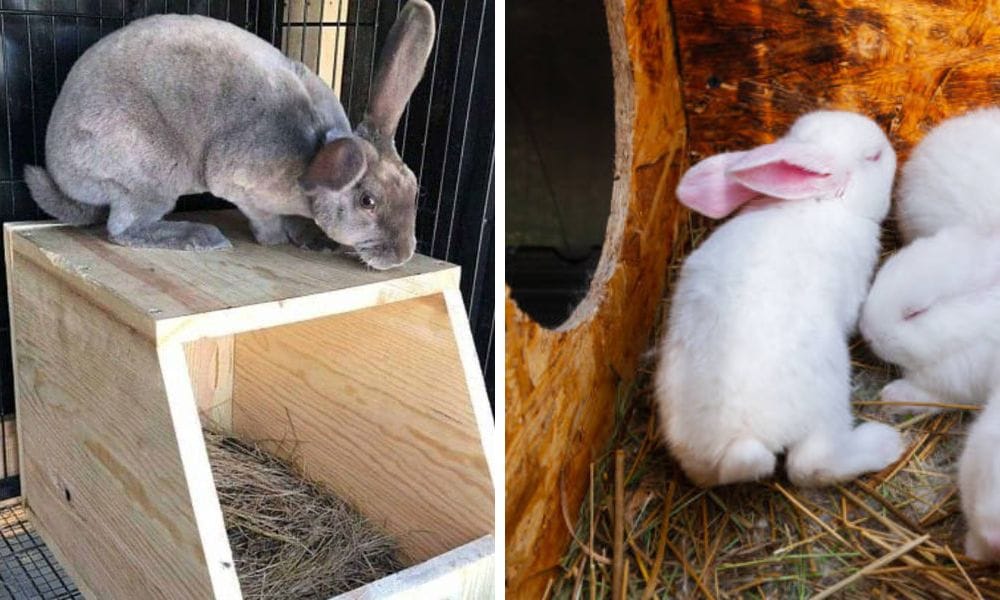
Moreover, convenience in handling the nest box is crucial, especially when it needs to be moved or cleaned. Boxes that are built with handles or are lightweight yet sturdy make it easier for caretakers to manage. Some rabbit nest boxes are designed to attach securely to the cage but can be easily detached when necessary. This flexibility is beneficial for meat rabbits or breeding rabbits that may require frequent handling. By ensuring that the nest box is both accessible and convenient, caretakers can provide the best care for their rabbits with minimal stress for both the animals and themselves.
Sustainable and Eco-Friendly Options
In today's environmentally conscious world, many rabbit owners are looking for sustainable and eco-friendly options for their rabbitry. Nest boxes made from responsibly sourced wood or recycled materials are becoming increasingly popular. These eco-friendly choices not only reduce the carbon footprint but also often come with the added benefit of being free from harmful chemicals that could affect the health of the rabbits. For example, using untreated, kiln-dried pine for the construction of the nest box ensures that the rabbits are not exposed to any toxic substances.
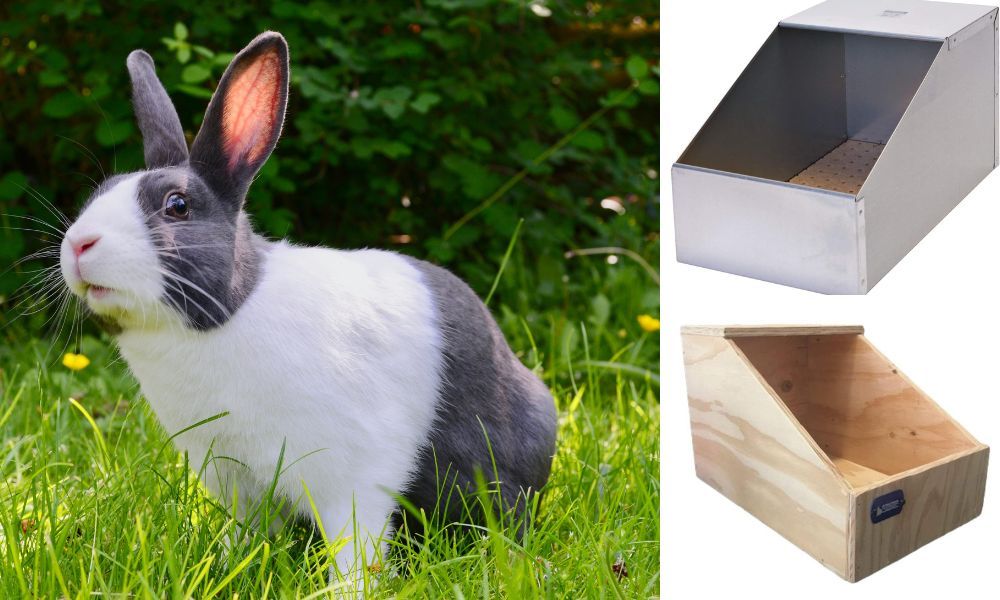
Additionally, some companies are now offering rabbit nesting boxes made from recycled plastics or other sustainable materials. These boxes are not only durable and easy to clean but also contribute to the reduction of waste. They often feature smooth surfaces that prevent the accumulation of bacteria and can be easily sanitized between litters. By choosing sustainable and eco-friendly nest boxes, rabbit owners can take pride in making a positive impact on the environment while providing a safe and clean home for their rabbits. These green options are a win-win for both the planet and the rabbitry, ensuring that the footprint left behind is as gentle as the care provided to the animals.
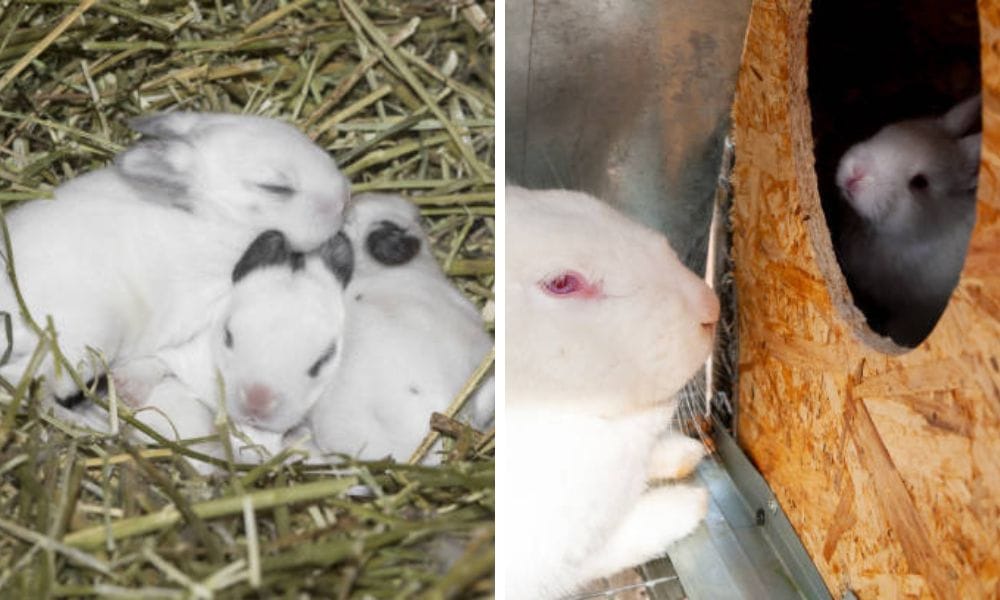
Easy Cleaning Features for Hygiene
Hygiene is paramount when it comes to rabbit nest boxes. Materials that allow for easy cleaning will save you time and ensure a healthy environment for the rabbits. Consider a design with a removable floor or a box with sides that can be easily accessed for cleaning. This will help you keep the nest box sanitary, and the bedding can be replaced without hassle.
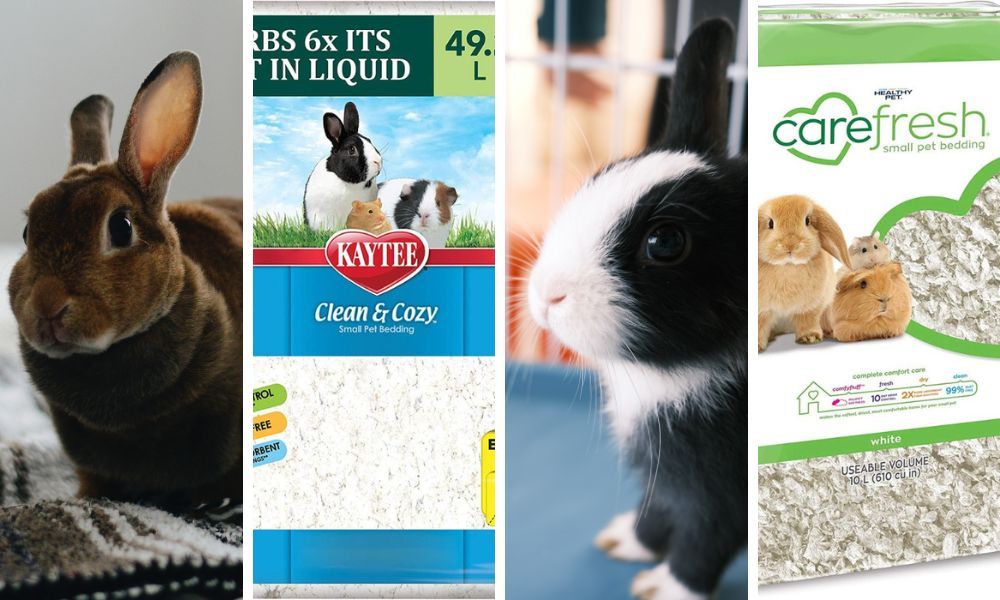
The Right Dimensions for Comfort
The dimensions of your rabbit nesting box should cater to the size of your breed. A box that is too small will cramp the doe and her kits, while one that is too large can make them feel insecure. Generally, a nest box should be spacious enough for the doe to turn around comfortably and for the kits to huddle together for warmth.
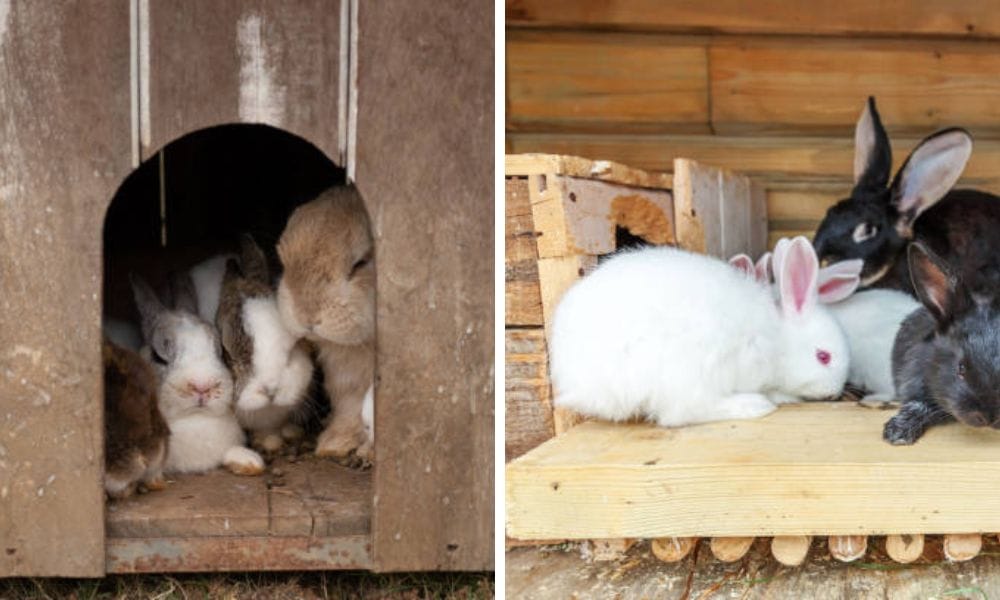
Climate Considerations: Insulation and Airflow
Material choices may vary depending on the climate. In colder regions, insulation is key. Adding a layer of safe insulation material beneath the wood can keep the nest box warm during winter. Conversely, in hotter climates, ensuring adequate airflow with larger ventilation holes or a wire mesh floor can prevent overheating in the summer months.
DIY or Pre-Built: What's Best for You?
For the handy individuals, a DIY rabbit nesting box can be an amazing project. It allows for customization and potentially lower costs. However, if you're not confident in your construction skills, purchasing a pre-built box from a reputable company is a viable option. These boxes are typically built with the right materials and dimensions for your rabbit's needs.
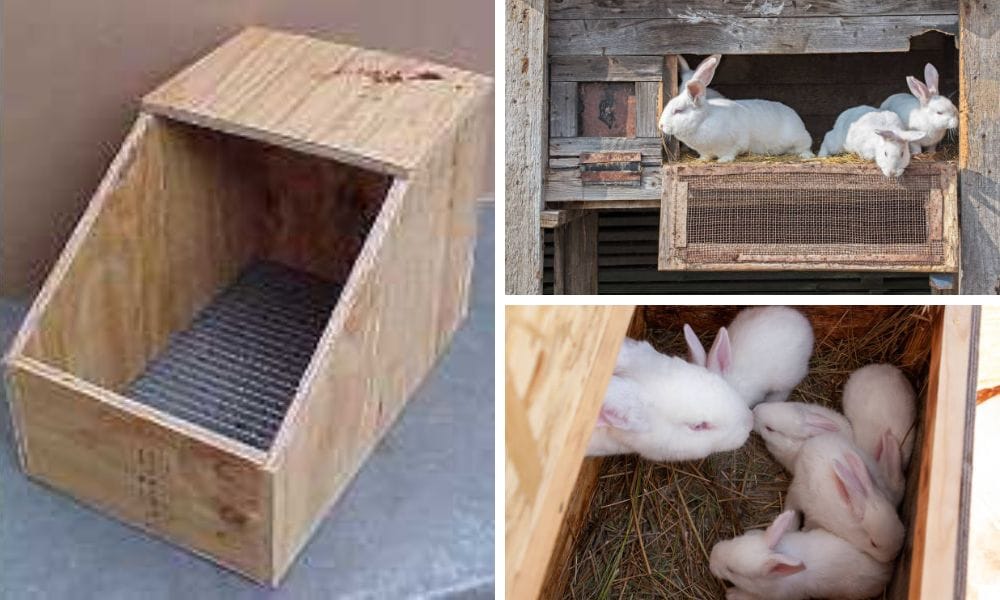
Summary
Building a durable and safe rabbit nesting box requires careful consideration of materials. Untreated wood like pine or plywood provides a natural and warm environment, while non-toxic paints and stains can protect the wood and ensure safety. Hardware cloth is essential for ventilation and security, and features that allow for easy cleaning are a must for maintaining hygiene. The dimensions of the box should cater to the comfort of the rabbits, and climate considerations should influence material choices for insulation and airflow. Whether you choose to build your own box or purchase a pre-built one, the well-being of your rabbits should always be the top priority.
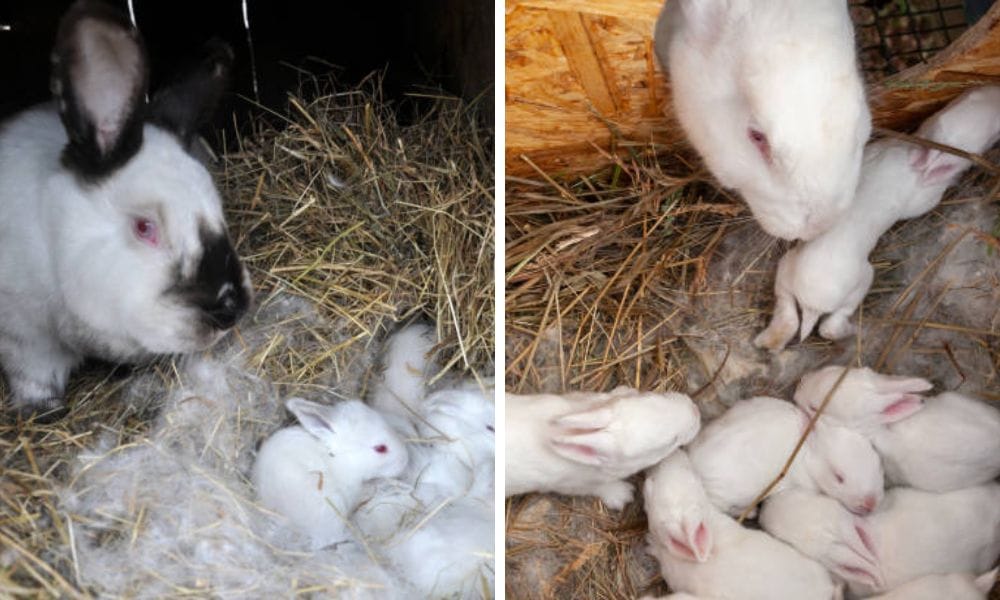
FAQ Section
Q: What size should a rabbit nesting box be? A: The size of the nesting box should be appropriate for the breed of rabbit. Generally, a box should be large enough for the doe to turn around comfortably and for the kits to huddle together. A typical size for a medium-sized rabbit is around 18 inches long, 10 inches wide, and 10 inches high.
Q: How often should the nesting box be cleaned? A: The nesting box should be checked daily for soiled bedding, which should be removed. A thorough cleaning is recommended every few weeks or as needed. If the box has easy cleaning features, such as a removable floor, this task will be more straightforward.
Q: Can I use any wood to build a rabbit nesting box? A: It's best to use untreated wood like pine or plywood to avoid exposing rabbits to harmful chemicals. Avoid using treated woods or those with strong odors, as they can be toxic to rabbits.

